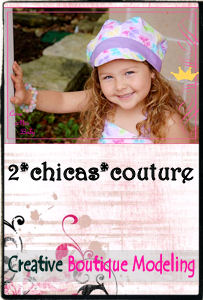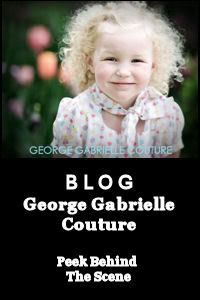Dresses made out of muslin, dotted Swiss, white percale, lawn and nankeen - a yellow buff coloured fabric from China. High cut empire line bodice seam of the early 1800s were worn with a slip.
Profuse decoration in the form of ruffles, flounces. Gigot sleeves fur trims with the waistline moving down in the same ways as adult dress had, was topped by ornate hats and bonnets.
Skirt Lengths and Hoop Styles
In the C18th all girls wore floor length gowns. In the early 1800s young girls began to have their skirts shortened. By the 1840s those skirts were true crinoline style. They were pushed out with stiff starched petticoats and horsehair crin fabric petticoats in layers. Later a wire hoop cage crinoline, a mini version of adult crinolines. Pantaloons and Pantelettes
Pantaloons and Pantelettes
Full length pantaloons beneath skirts. Lace white frill peeping beneath hemlines. a simpler leg covering of white linen or cotton frilled tubes were called pantelettes.
Other undergarments meant to be seen included drawers with attachment legs for easy laundering and to accommodate lengthening.
Polonaise Styles
Crinoline on little girl's dresses moved toward the garment back. Long waisted dresses atop a false pleated skirt. The dress followed the slimmer styles of the early 1880s. As time passed this style continued but with the top part of the dress often bloused over a deep dropped waist sash. By the time of the second bustle girls sometimes wore a softer less restrictive polonaise lighter weight version. Tartan and Sailor Looks
Tartan and Sailor Looks
Sailor styles in various forms were especially popular once the seaside visit became the norm. Large sailor style collars and contrast rows of braiding decorated both girls and boys clothing through the late Victorian and Edwardian eras.
Quartermaster jackets were also worn over a plastron dickey false front instead of over a complete blouse. These last two illustrations show the large collars and jabots.
 Early C20th Edwardian Fashions
Early C20th Edwardian Fashions
Ornate frilled dresses. Often the dresses had a heavily frilled yoke and either a flowing smock skirt, which ended in a frill, or a bloused bodice. The dress might be either loosely bloused, or bunched with a sash into a blouson low waist effect. Flounces were popular too as skirts layers or as a decorative trim. (From fashion-era.com)
(From fashion-era.com)




















No comments:
Post a Comment